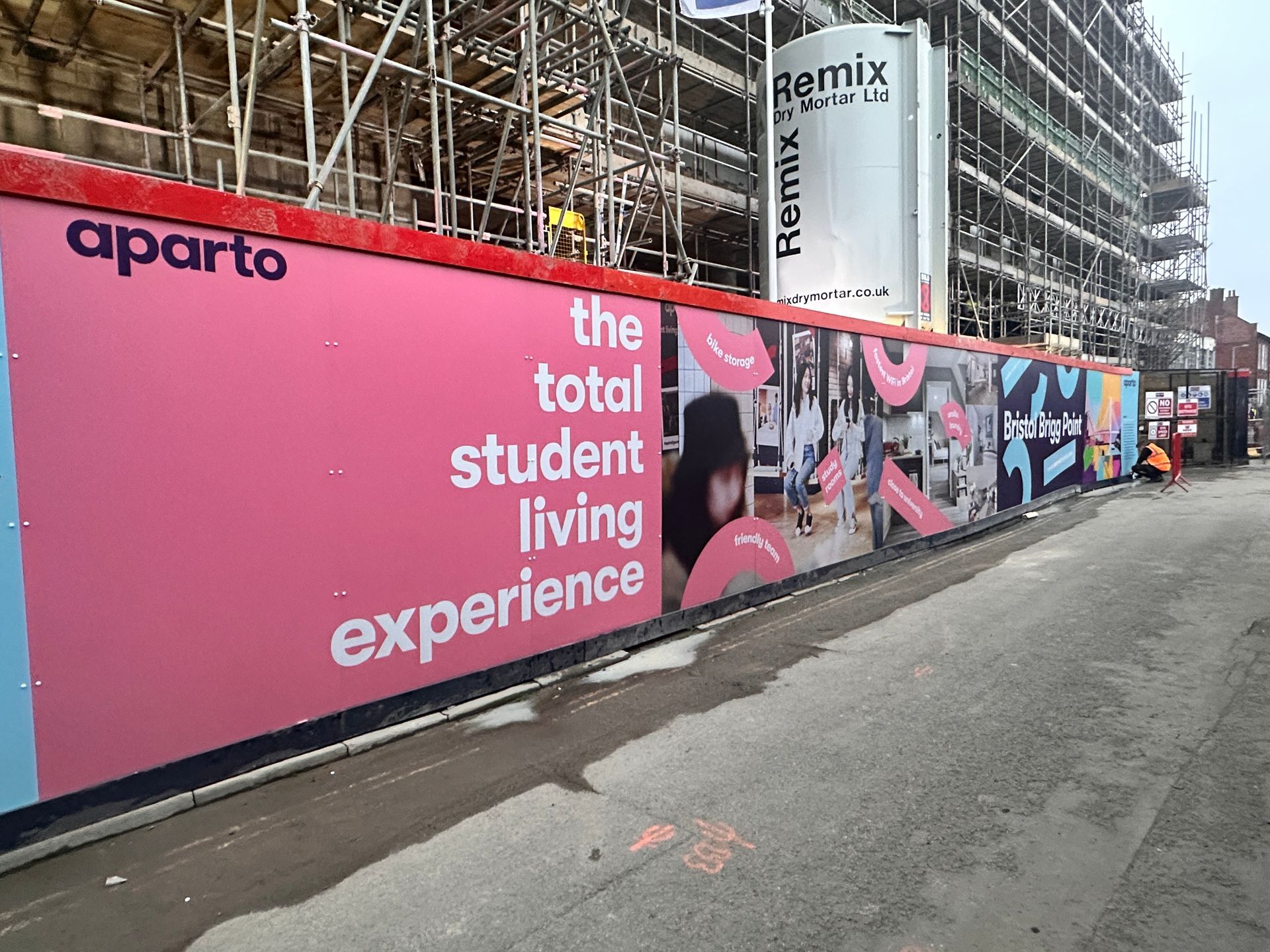White Ink Printing
White Ink Printing is a technique where white ink is used to print on dark-coloured substrates and when reverse printing onto clear materials. This is commonly used for window vinyls, acrylic signs or when printing direct to substrate. The eco-benefits of White Ink Printing are:
Reduced Water Consumption
White Ink Printing uses less water than traditional printing techniques. Since the ink is applied directly to the substrate, there is no need for pre-treatment or washing, which reduces water consumption.
Reduced Energy Consumption
White Ink Printing requires less energy than traditional printing techniques. Since the ink is applied directly to the substrate, there is no need for pre-treatment or washing, which reduces energy consumption.
Use of Environment-Friendly Inks
White Ink Printing uses eco-friendly inks that are free from harmful chemicals like volatile organic compounds (VOCs) and heavy metals. These inks are safe for the environment and do not pose a threat to human health.
In Conclusion
Direct-to-Substrate (Flatbed) printing and White Ink Printing are two printing technologies that offer high-quality prints while also having several eco-benefits. These technologies reduce waste, water consumption, and energy consumption and use eco-friendly inks that are safe for the environment and human health. By adopting these printing techniques, businesses can reduce their environmental impact while still meeting their printing needs.
ASK US ABOUT
WHITE INK PRINTING
Enquiry Form
SHARE THIS POST






